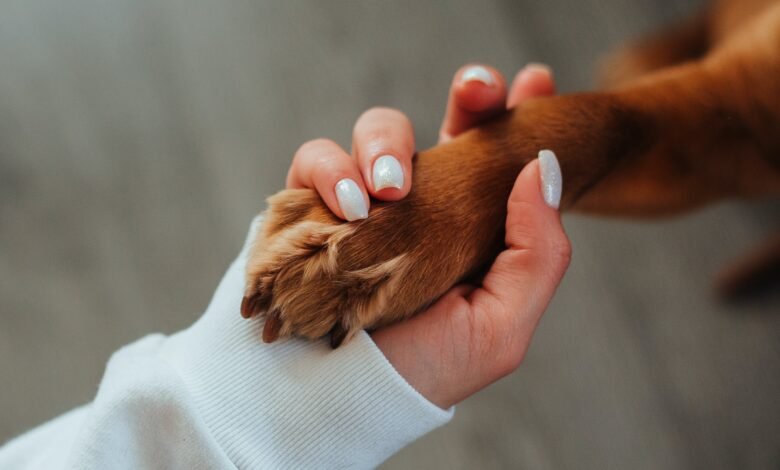
In the hustle and bustle of modern life, finding time to schedule regular grooming appointments for our furry friends can be challenging. However, maintaining your pet’s hygiene is crucial for their health and happiness. Fortunately, with the right tools, techniques, and a little patience, you can become a DIY pet grooming expert right in the comfort of your own home. In this comprehensive guide, we’ll explore everything you need to know about grooming your pets, whether they’re dogs or cats, and how to create a safe and enjoyable grooming experience for both you and your beloved companions.
Understanding the Importance of Pet Grooming
Proper pet grooming is not just about aesthetics; it plays a vital role in maintaining your pet’s overall health and well-being. Regular grooming helps prevent matting, reduces shedding, prevents skin infections, and allows for early detection of any underlying health issues such as parasites or skin conditions. Moreover, grooming sessions also provide an excellent opportunity to bond with your pet and reinforce trust and affection between you.
Essential Tools for DIY Pet Grooming
Before you embark on your DIY pet grooming journey, it’s essential to gather the necessary tools. Here’s a list of essential grooming supplies you’ll need:
- Brushes and Combs: Different types of brushes and combs are available for various coat types. Slicker brushes are ideal for removing mats and tangles, while bristle brushes are suitable for smoothing and shining the coat.
- Nail Clippers: Trimming your pet’s nails is crucial to prevent overgrowth, which can lead to discomfort and difficulty walking.
- Shampoo and Conditioner: Choose pet-specific products that are gentle on your pet’s skin and coat. Avoid using human shampoos, as they may contain ingredients that can be harmful to pets.
- Ear Cleaner: Regularly cleaning your pet’s ears helps prevent infections and removes wax buildup.
- Toothbrush and Toothpaste: Dental hygiene is essential for your pet’s overall health. Use a toothbrush and toothpaste formulated specifically for pets to prevent plaque and tartar buildup.
- Clippers or Scissors: If you’re comfortable trimming your pet’s hair, invest in a good pair of clippers or scissors designed for pet grooming.
Creating a Safe Grooming Environment
Before you begin grooming your pet, it’s essential to create a calm and safe environment to minimize stress and anxiety. Here are some tips for creating the perfect grooming space:
- Choose a Quiet Area: Find a quiet and well-lit area in your home where you can groom your pet without distractions.
- Use Non-Slip Surfaces: Place a non-slip mat or towel on the grooming table or floor to prevent your pet from slipping and sliding during grooming.
- Stay Calm and Patient: Pets can pick up on your emotions, so it’s essential to remain calm and patient during grooming sessions. If your pet senses your anxiety or frustration, they may become anxious as well.
- Reward Positive Behavior: Encourage good behavior during grooming by offering treats and praise. Positive reinforcement will help your pet associate grooming with pleasant experiences.
Dog Grooming Tips
When it comes to grooming dogs, different breeds have varying grooming needs. However, some general tips apply to most dogs:
- Brush Regularly: Brushing your dog’s coat regularly helps remove loose hair, prevents matting, and distributes natural oils for a healthy coat.
- Trim Nails Carefully: Take care when trimming your dog’s nails to avoid cutting the quick, which can cause bleeding and pain.
- Clean Ears: Check your dog’s ears regularly for signs of infection or wax buildup, and clean them using a pet-specific ear cleaner.
- Bathe as Needed: Bathe your dog as needed using a gentle pet shampoo. Avoid over-bathing, as it can strip the skin of natural oils and lead to dryness.
Cat Grooming Tips
Cats are known for their grooming habits, but they may still need assistance from their human companions. Here are some tips for grooming your feline friend:
- Brush Regularly: Even though cats groom themselves, regular brushing helps reduce shedding and prevents hairballs.
- Trim Nails: Keep your cat’s nails trimmed to prevent them from becoming too long and causing discomfort or injury.
- Check Ears and Eyes: Regularly inspect your cat’s ears and eyes for signs of infection or discharge, and consult your veterinarian if you notice any abnormalities.
- Be Gentle: Cats can be sensitive to touch, so be gentle and patient when grooming them. Start with short grooming sessions and gradually increase the duration as your cat becomes more comfortable.
Conclusion
Engaging in DIY pet grooming presents a gratifying opportunity for both pet owners and their beloved animals. Through a thorough grasp of grooming’s significance, acquiring the essential tools, and establishing a secure and tranquil setting, you can ensure that grooming sessions become pleasant and stress-free for all involved. Whether your household includes a canine or a feline companion, consistent grooming not only maintains their aesthetic appeal but also significantly contributes to their overall health and well-being. So, take the initiative, gather your supplies, and delve into the journey of mastering DIY pet grooming within the comforts of your home. Your furry companions, who also frequent pet day care, will undoubtedly express their appreciation for your efforts.
You might also like to read: Building Strong Relationship with Nanny for Reliability

